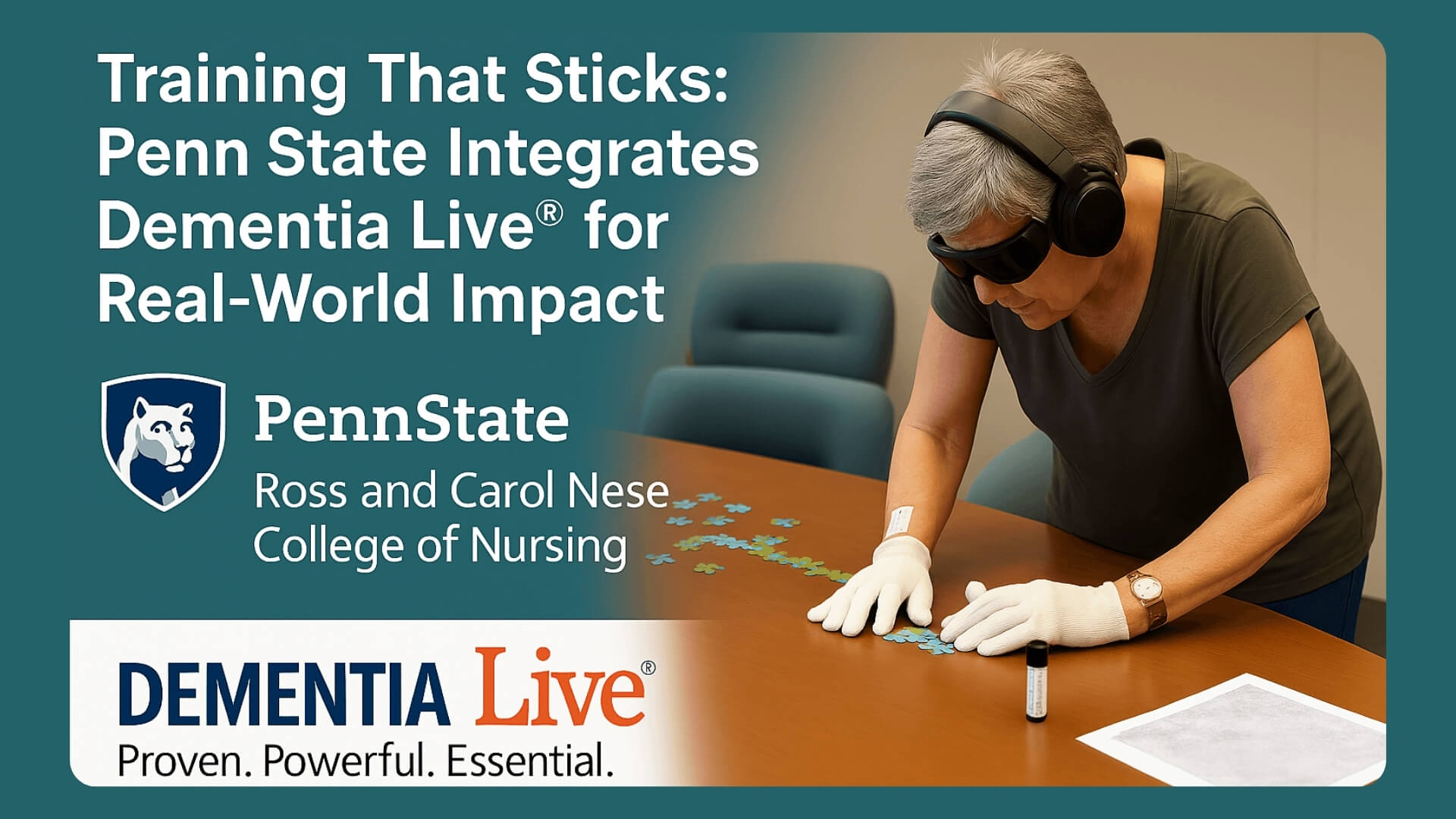Certified Nursing Aides in Nursing Homes: The Crisis at Hand
I don’t remember their names or all they did, but I can still see the faces of the certified nursing aides who provided care to my mother when she was in a nursing home. Mostly, the people providing the day-to-day caring for my mother were young, probably in their twenties or thirties, female, and African American. I wish I could state that they all took excellent care of my mom, but there were a few workers who were either cruel or benign in their care. Luckily, my sister and I were able to visit our mom every day and we got to know the certified nursing aides well, intervening as needed.
Overall, the certified nursing aides who provided care during the last years of my mom’s life were a mix of caring, engaging, and personable workers who got to know my mom, my sister and me. One of the women that worked there shared a love of reading with me, and we exchanged books. Another woman was thoughtful enough to bring my sister and me small souvenirs when she came back from vacation. These women knew my mom, could understand her means of communication, and her moods. They also helped to support my sister and me in our caregiving.
Certified nursing aides (CNA) provide the day-to-day basic and much-needed care for people like my mom, but clearly there are not enough people filling this this role. The Bureau of Labor Statistics projects a 9% increase in the need for CNAs from 2018 to 2028, but it is more of an ongoing challenge. An American Society on Aging, article from May/June 2011 issue of Aging Today called it a caregiver crisis. The number of adults aged 65 years and older continues to increase, while there is a lack of enough personnel who are educationally, professionally, and emotionally capable to serve elders. There is a genuine need for more training, recruitment, and intentional planning to fill the much-needed role of caregiving in the long-term care setting. Retention is also a continuing problem. The nature of work to be performed, accompanied by a low rate of pay, makes for providing a continued level of care difficult for both the caregiver and the recipient.
Even though it has been nearly 20 years since my mom was in a nursing home, the demographics of certified nursing aides is similar, as the Paraprofessional Healthcare Institute's (PHI) report on US nursing assistants employed in nursing homes demonstrates. Unfortunately, it also seems not much has changed in terms of how quickly the role of CNA needs to be filled, and refilled, and the nature of the role does not get any easier.
The Paraprofessional Healthcare Institute (PHI) created a recruitment and retention guide for employers that provides guidance and recommendations, such as providing employment supports, inviting employees to provide input and feedback and other strategies. It will take concerted efforts from those in a position to make changes to support certified nursing assistants in their crucial role in the long-term care setting. We need more caregivers like the ones who connected with my mom, my sister, and me, and feel empowered to provide the best care possible.
Kathy Dreyer, Ph.D., is the Director of Strategic Projects at AGE-u-cate® Training Institute, which develops and delivers innovative research-based aging and dementia training programs such as Dementia Live® and Compassionate Touch®, for professional and family caregivers; kathy.dreyer@ageucate.com


